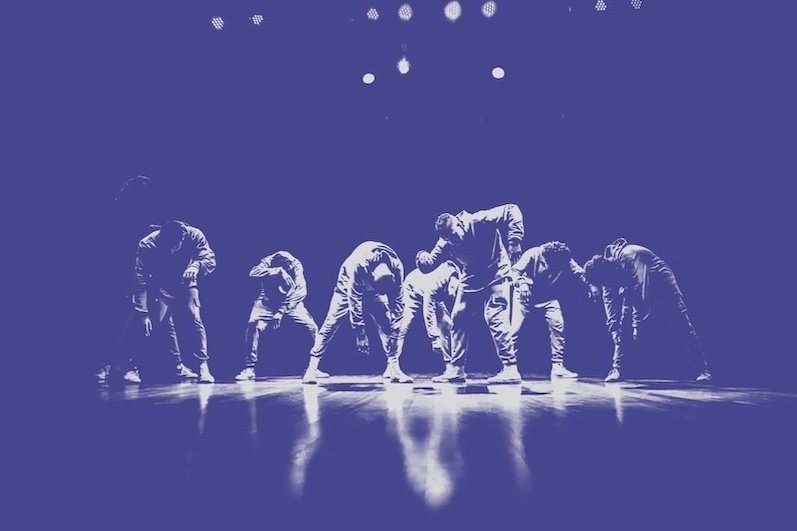What is it about?
This study explored why LGBTQ+ people with trauma histories may conceal their identities daily. It found that those who habitually use avoidance coping are more likely to conceal, whereas those with less avoidance coping conceal primarily as a deliberate, agentic response to restore safety in the face of high minority stress. Findings highlight the need for counseling and clinical psychologists to consider stigma, threat perception, and coping styles in their identity-focused work with this population.
Featured Image

Photo by Shingi Rice on Unsplash
Why is it important?
Given the ongoing discrimination and violence faced by LGBTQ+ individuals, understanding situations and individual circumstances driving identity concealment is more critical than ever. Calls to decolonize psychological frameworks and expand beyond white, Western perspectives on identity concealment have been growing. The current study responds directly to these calls by integrating minority stress and social safety theories into a novel stress-coping model. Our findings advance theoretical frameworks by showing that concealment can be both a habitual avoidance response and a strategic, goal-directed coping mechanism depending on individual and situational factors.
Perspectives
This research shifts the conversation from a rigid “disclosure is good, concealment is bad” framework to a more nuanced understanding of identity management among trauma-exposed LGBTQ+ people—an essential step in advancing LGBTQ+ mental health research and practice.
Jillian Scheer
University of Rhode Island
Read the Original
This page is a summary of: Daily minority stressors, threat appraisal, and identity concealment among trauma-exposed sexual minority women and transgender and gender-diverse people., Journal of Counseling Psychology, February 2025, American Psychological Association (APA),
DOI: 10.1037/cou0000782.
You can read the full text:
Contributors
The following have contributed to this page







